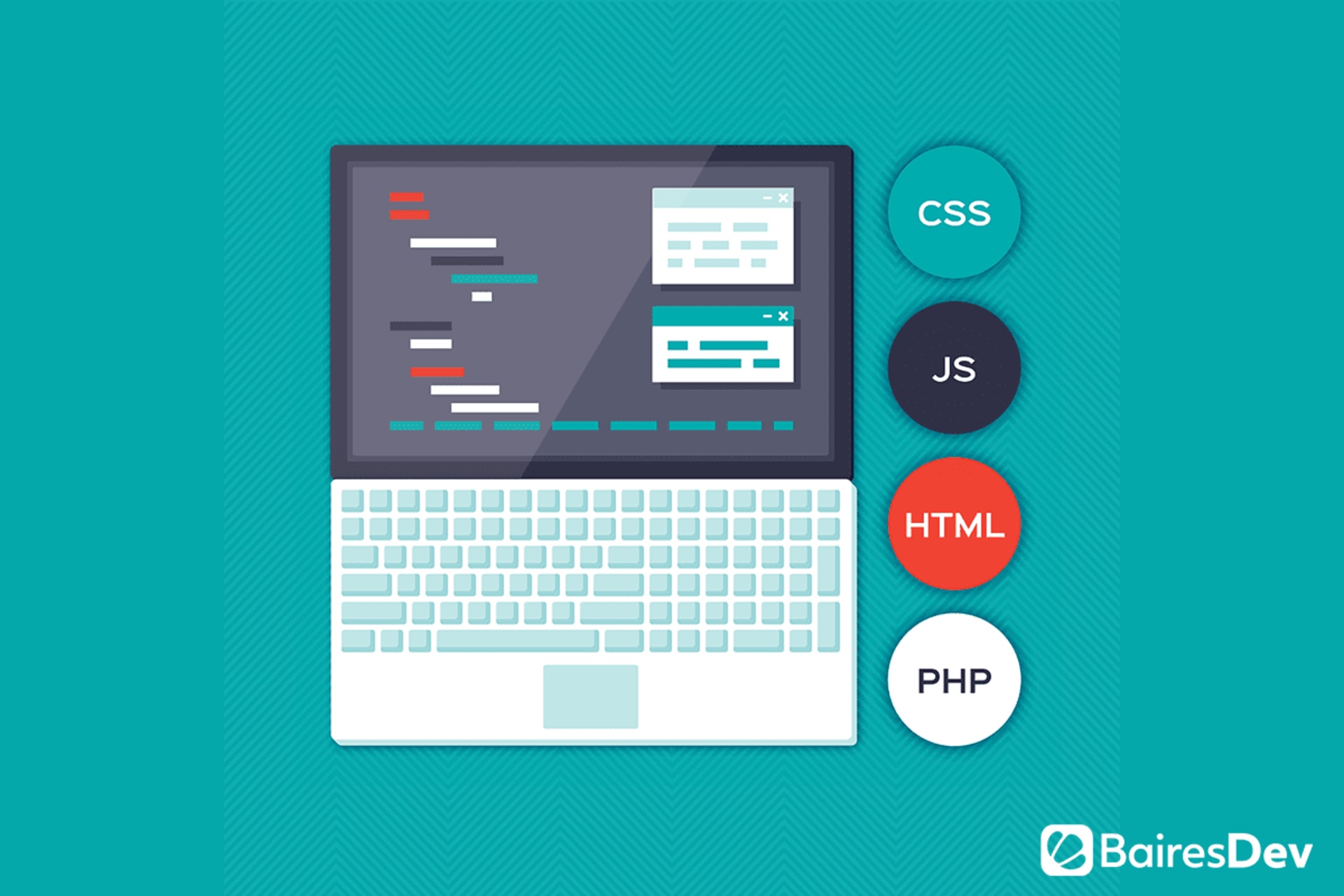If you came here looking for a straight answer to the question in the title, I’m sorry to tell you that I don’t have one for you. While I could go on and on about how remote work has worked like a charm for us at BairesDev (a company that has embraced its model since its inception more than a decade ago), it would be a disservice to you. How come? Because you should have more reasons than a success story to decide if remote work is the right choice for your company.
It’s likely that the pandemic has pushed you to adopt this model as a way to keep your business going in spite of the quarantines and the stay-at-home orders. If that’s the case, then you may already be familiar with what remote work might do for you. However, making a permanent commitment to remote work goes beyond saying “hey, let’s do this from now on.”
That’s because, as we are about to enter the new normal, the business landscape will shift once again. Some companies will require their employees to come back to the offices. Some people will like that, others won’t. Some businesses will be relieved to be finally able to work face to face, while others will notice that it doesn’t necessarily have to be that way.
How can you know? By analyzing your needs and the pros and cons of a remote workforce. Here are some of the steps you can take to do just that.
1. Understand all of your employees’ tasks
One of the biggest challenges of adopting remote work is migrating on-site tasks to online digital settings. That’s because some tasks are a better fit for remote work and others require some level of in-house presence. Thus, it’s easier to make the accounting department work remotely but it’s close to impossible to fully relieve the warehouse workers from using the WFH model.
The reason why I’m talking about tasks is that a specific employee might do part of their job remotely and another part in the office. So, by listing the tasks your employees do every day, you can have a big picture view of the work that needs to be done and how much of it can be done remotely.
That task list might show you that you need to redefine the roles you have in your company. For example, you might see that there are several warehouse-related tasks that could be done online (contact with suppliers, product tracking, etc.) and that are distributed between different employees. Your best course of action here, if you choose to use remote work, is to consolidate all those tasks into a single position that can be relieved from going to the office. That’s part of the challenge of going remote – you may have to reimagine how many roles in your company look like.
2. Check your processes and their fit for a remote model
The task list you’ve defined is closely related to the overall processes they are a part of. That means that looking at the tasks might provide you a big picture that you need to contextualize by checking how “remote-ready” your processes actually are. At its most basic, this translates into seeing if processes can be digitized and conducted through cloud-based platforms or not.
Some people say that the only process that can’t be taken remotely is manufacturing. And while there’s a lot of truth to that, reality can show you that some things need some people in the office, at least in the short and mid-term. Logistics or on-site customer service might be needed in certain situations, so digitizing all processes may be impossible, so you need to take those into consideration before committing to remote work.
That’s not to say that you can digitize them at some point in the future – you totally should if you can find a way. But here I’m talking about going remote right now, not some years into the future. There are some other considerations before considering going entirely remote right now, even if you can end up digitizing everything you can.
3. Take a look at costs and savings
One of the most promoted benefits of remote work has to do with costs and savings. Let’s discuss costs first. Some people say that preparing your entire business infrastructure for remote work is a costly ordeal – and it can certainly be that way. Costs can include developing cloud-based solutions or hiring services from third-party vendors, buying equipment for employees, and investing in remote training, among other things. But that’s just a part of the analysis.
All of those costs can prepare your business to work remotely for a long time, which means that you might get a good ROI out of that initial investment. Why do I say “might get”? Because that initial investment isn’t the only cost you’ll likely incur moving forward. You may need to hire IT and security experts to help you with ongoing tech support or pay employee expense reimbursements mandated by a state. Is that something you are willing to do?
You might if you start looking at the savings. By using an entirely remote workforce, you’ll save money on office leases and rent, relieve yourself from cleaning services and maintenance of certain perks (like cafeteria services and refreshments), and avoid quite a few common taxes. But there’s more – you’ll also have some not-so-obvious cost savings out of a decreased absenteeism, boosted productivity, and less employee attrition.
Weighing costs and savings will provide you with an even clearer picture surrounding remote work. After that analysis, you might see that going remote is a no-brainer for you or, on the contrary, feel like an impossible journey.
Making the Decision
You might be thinking “just 3 steps to decide whether remote work is for me or not?” Yes, just 3, but don’t be fooled by that. Each of these steps requires a lot of research and effort on your part. You need to understand your current situation, the tasks your employees are carrying out, the processes that give those tasks meaning, and the resources that make it all possible. Then, and only then, will you be able to know if your company can go entirely remote.
If you finally decide to do so, then you’ll already have all the information you need to devise a roadmap that will lead you to a proper adaptation of your current business to a remote environment. If you decide that remote work isn’t for you, don’t worry, you don’t have to adopt a model just because but rather because it makes sense to you.
Finally, I think it’s worth mentioning that, though I put this all in terms of “remote or no remote,” reality shows that you can go for a hybrid model. In it, you have part of your staff in the office and another part working remotely. This model has its own pros and cons but you should definitely check that out, as it can help you in leveraging remote work without losing some of the things you’re accustomed to when working in-office.







